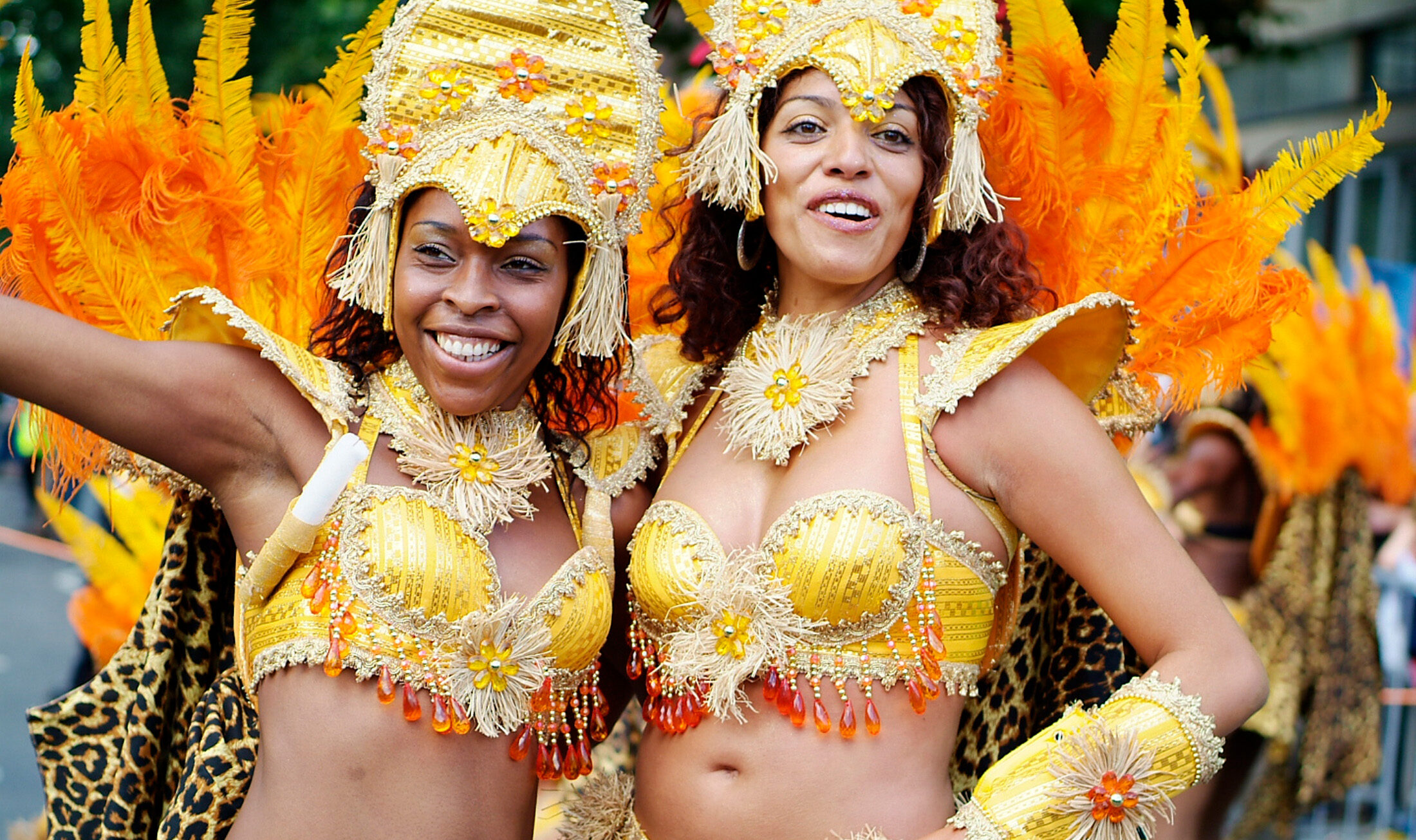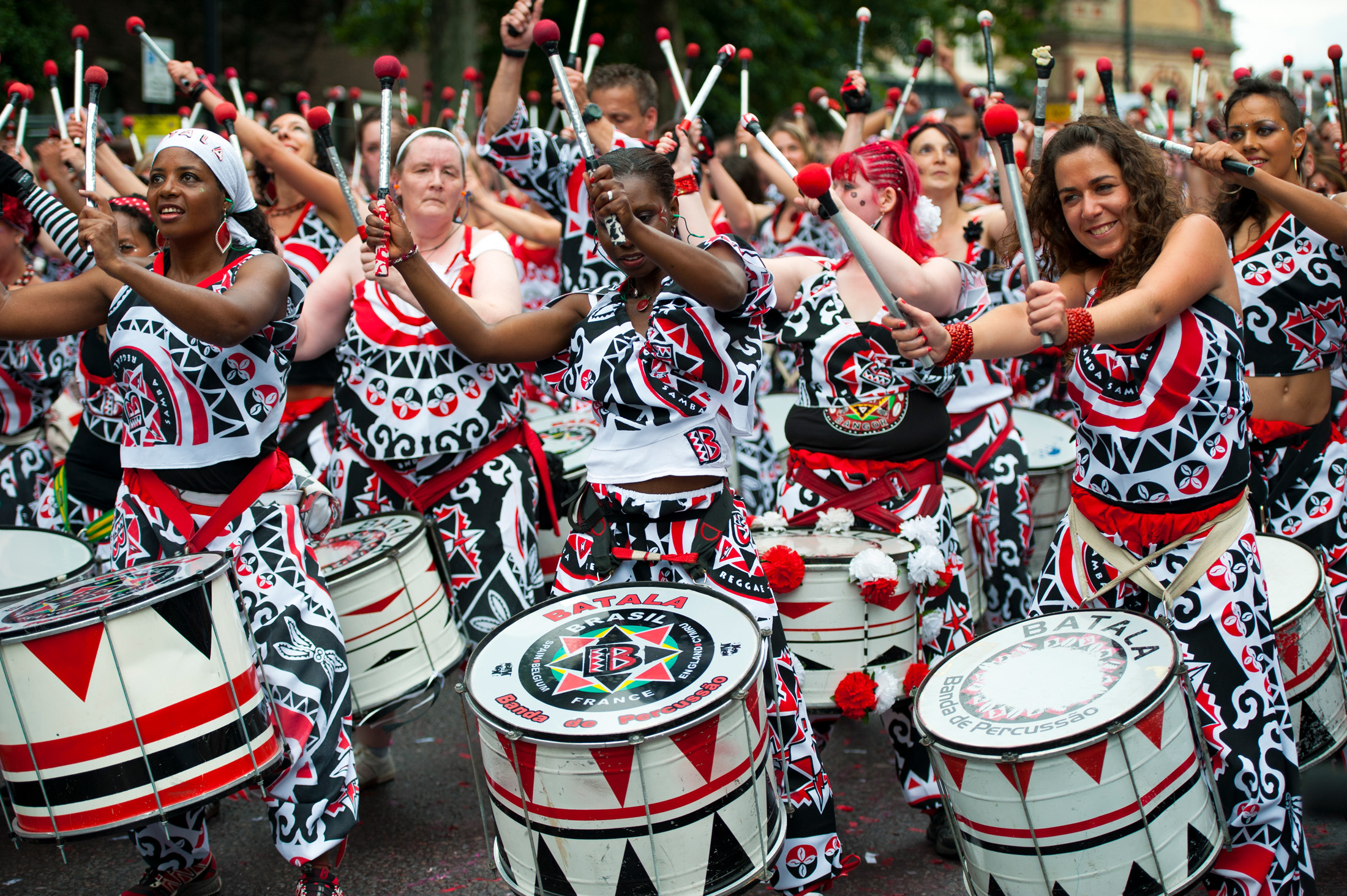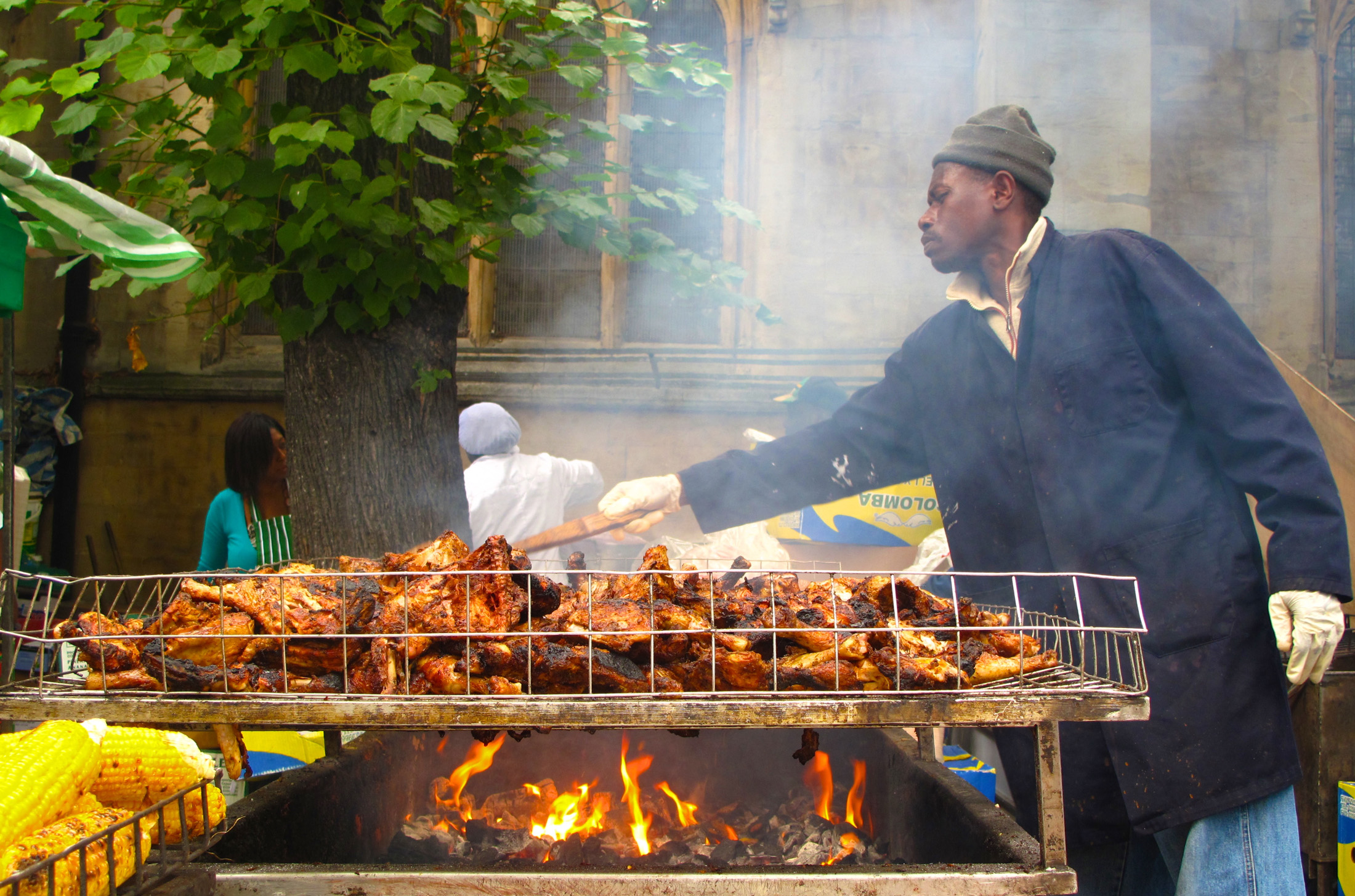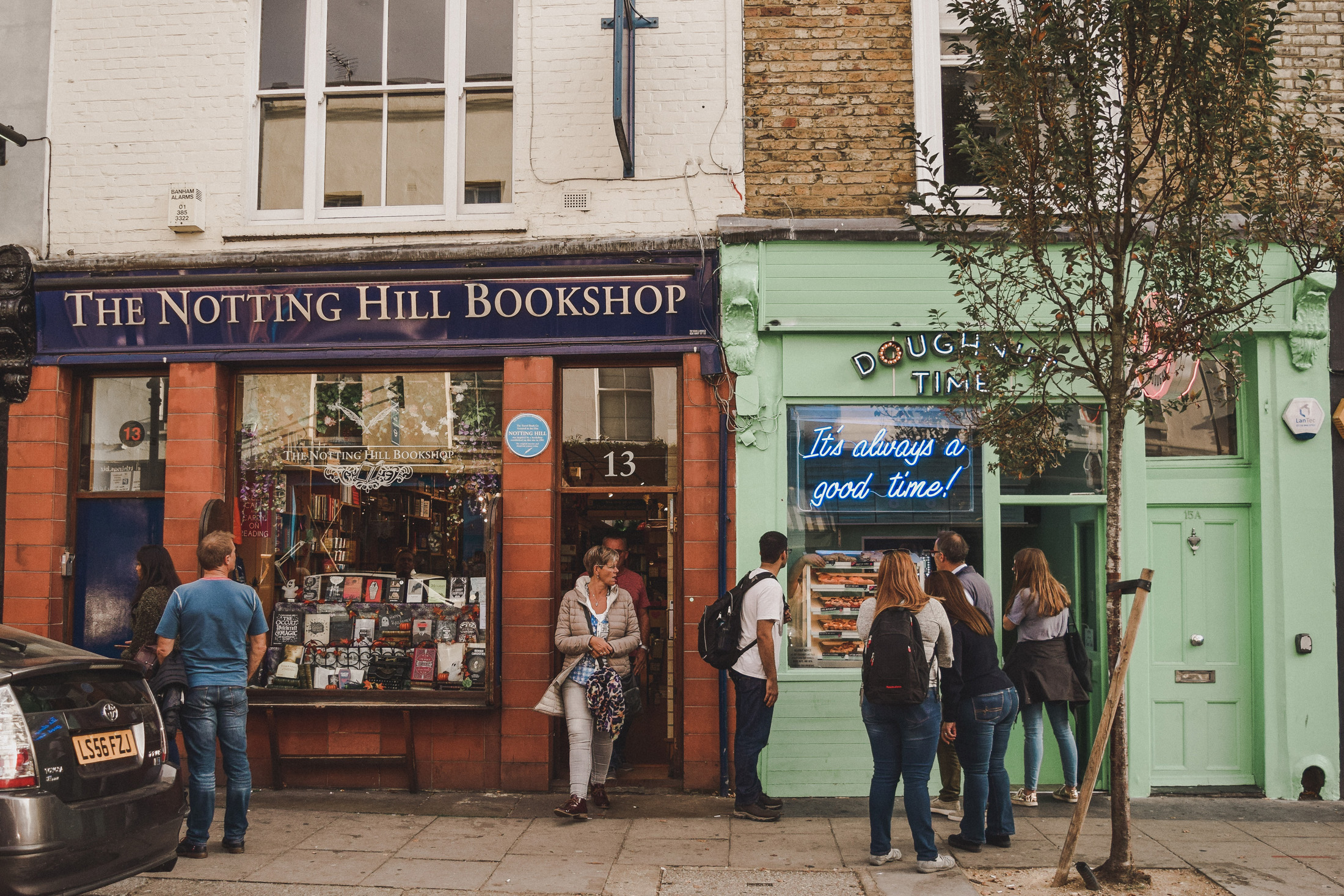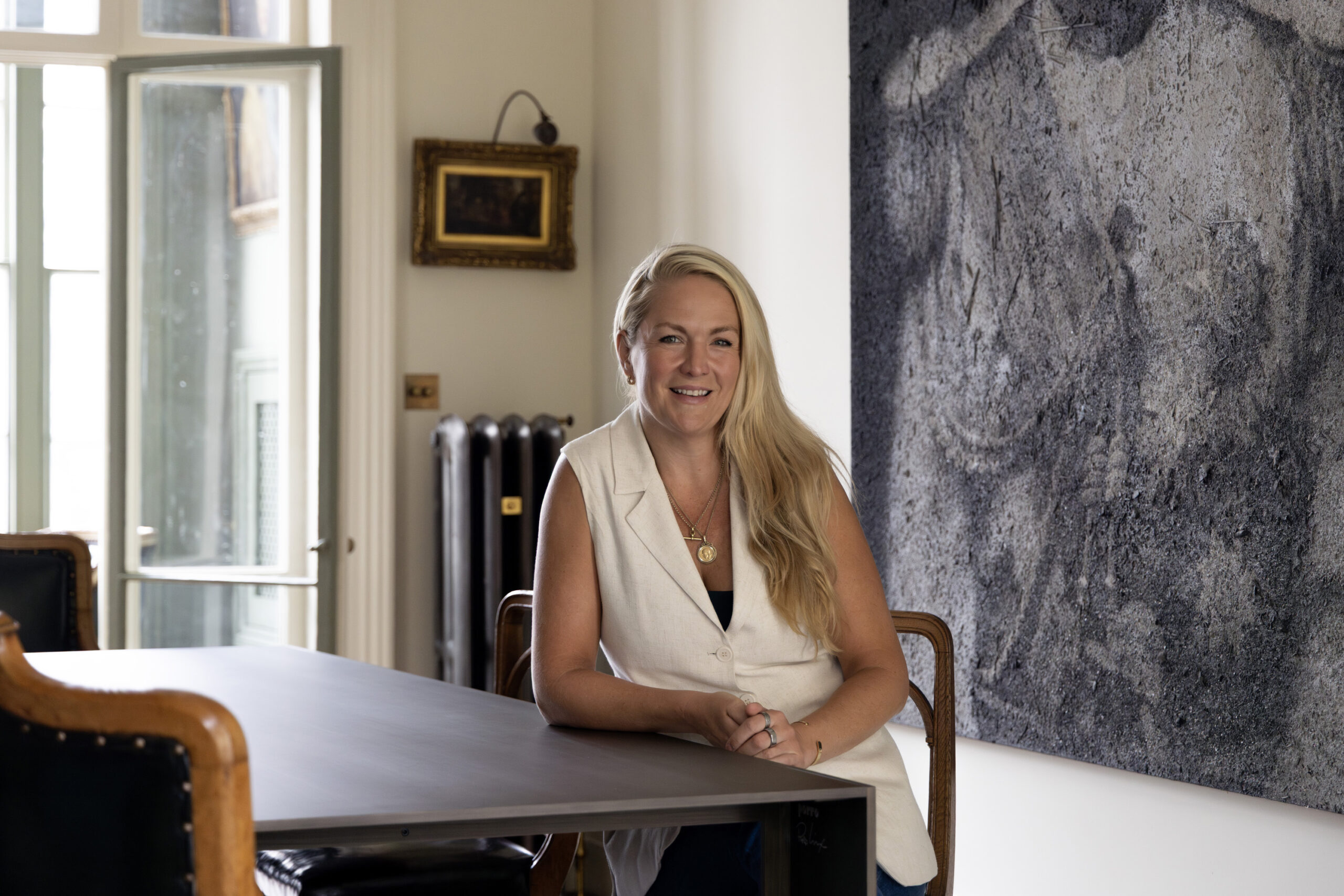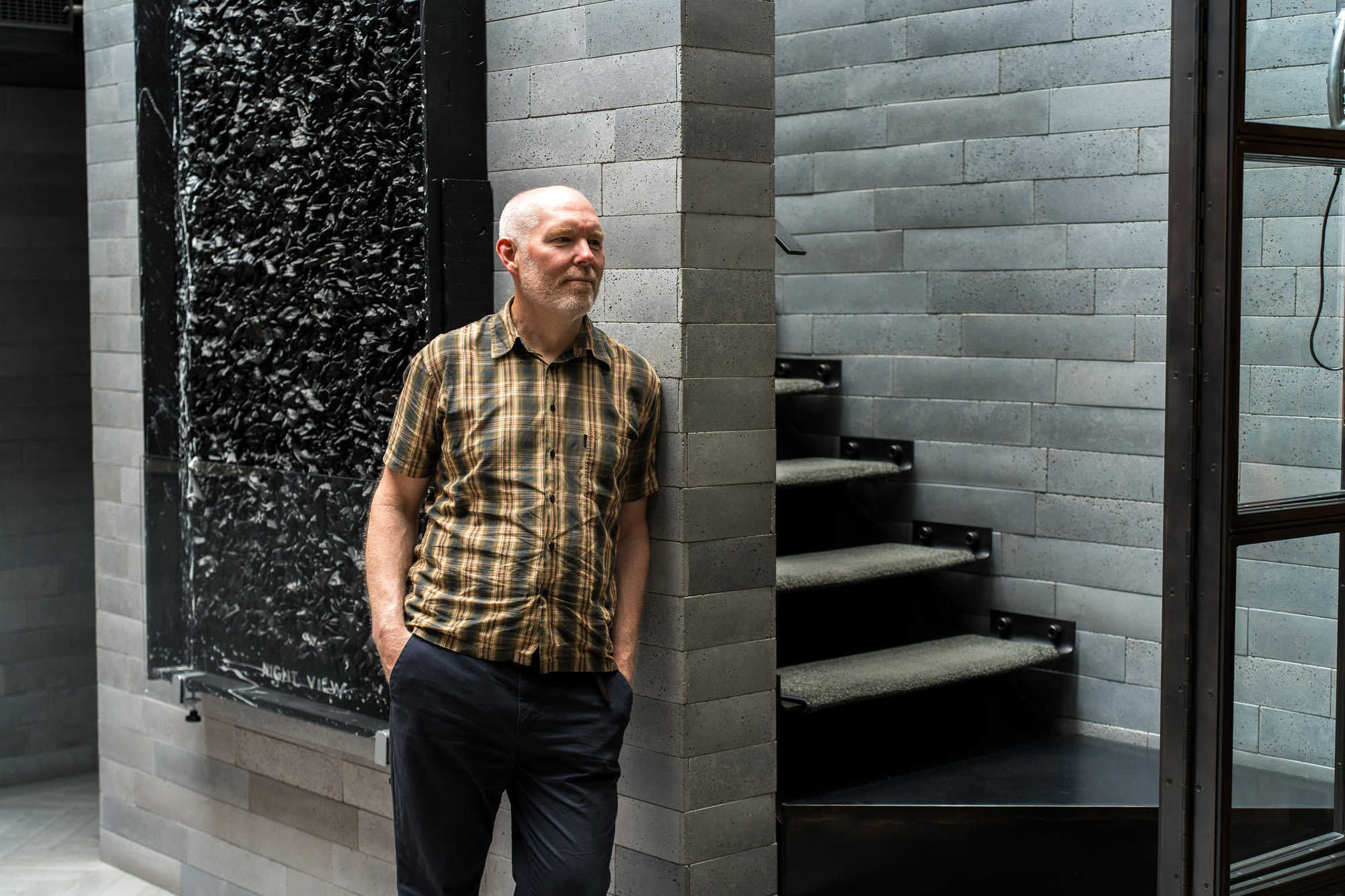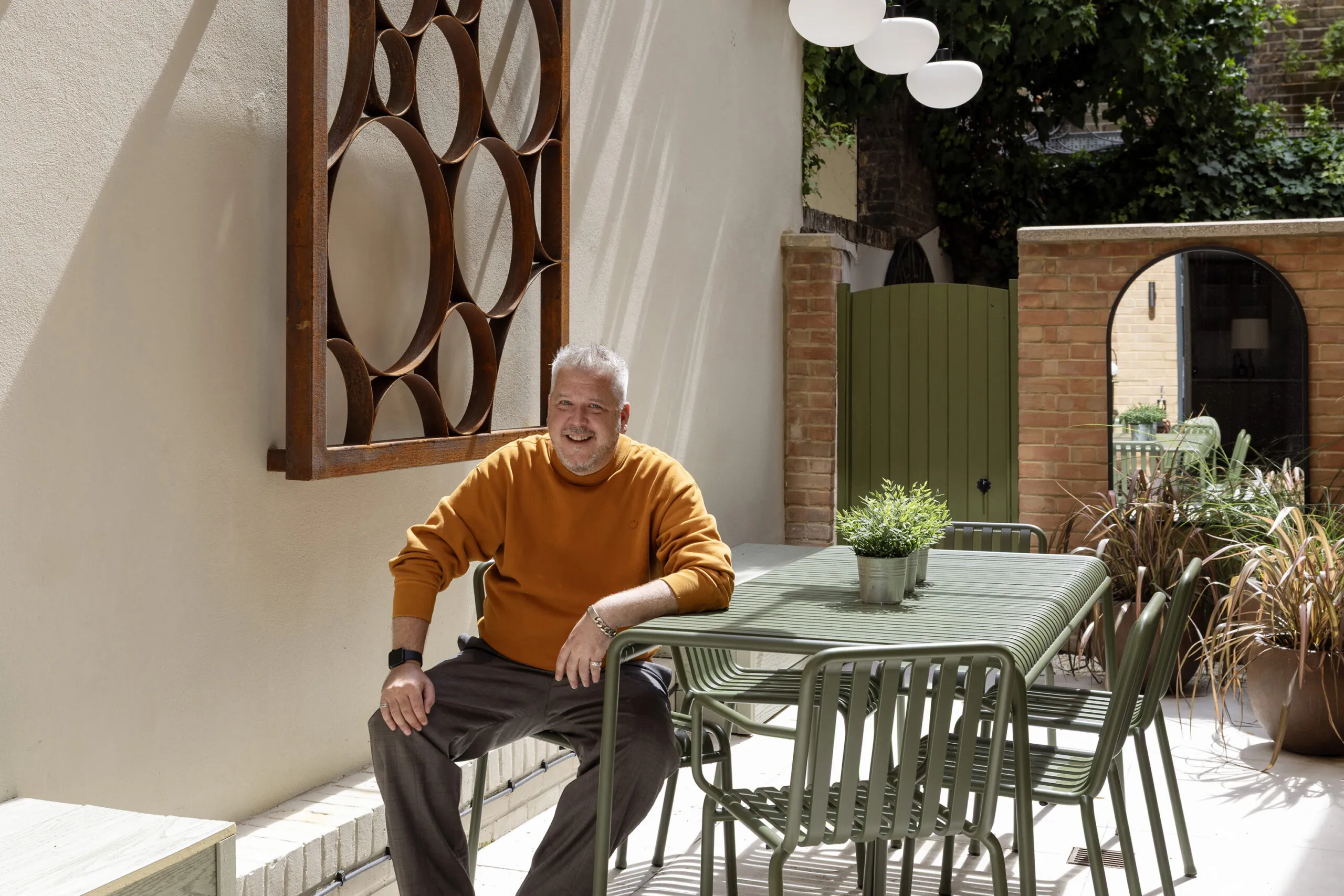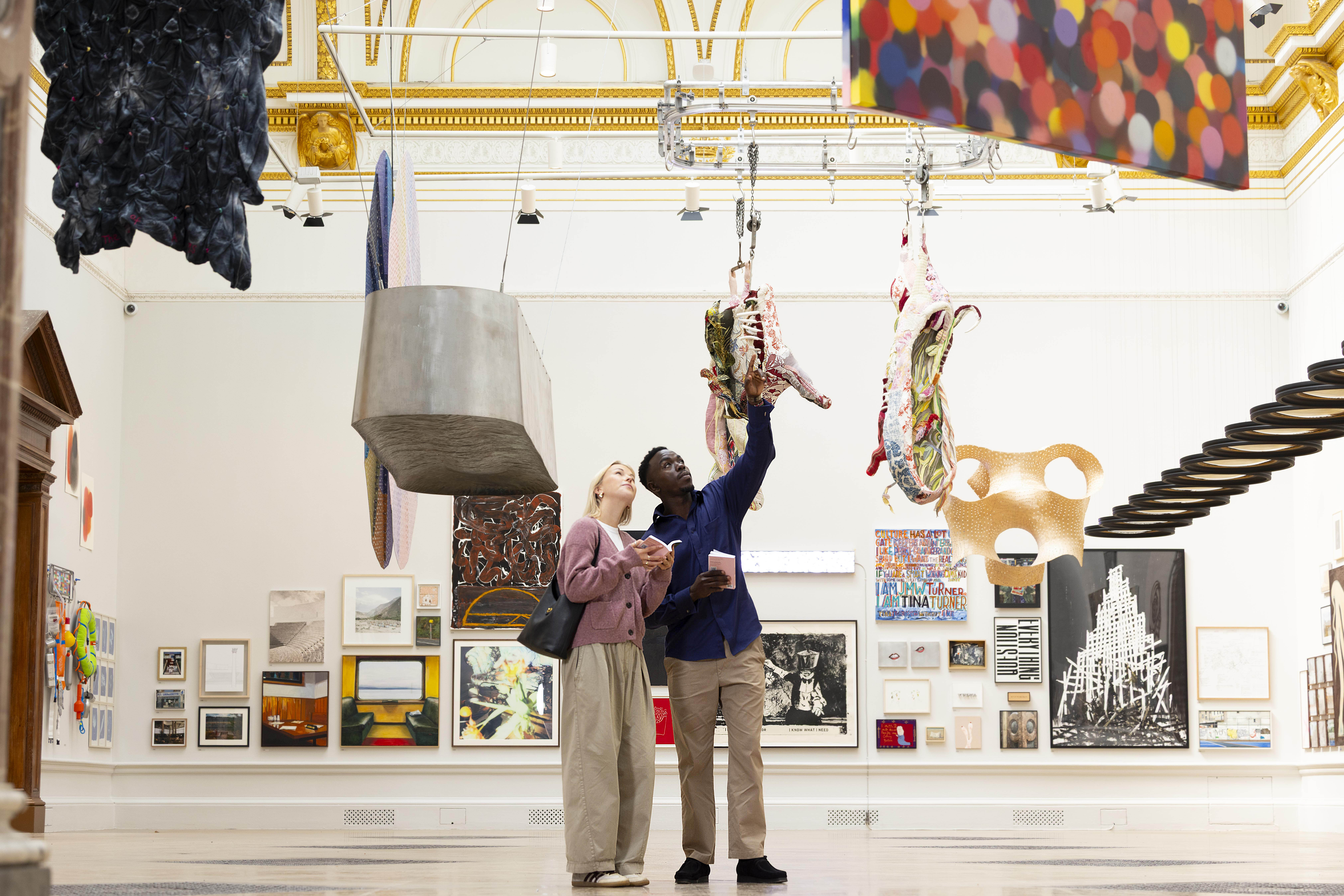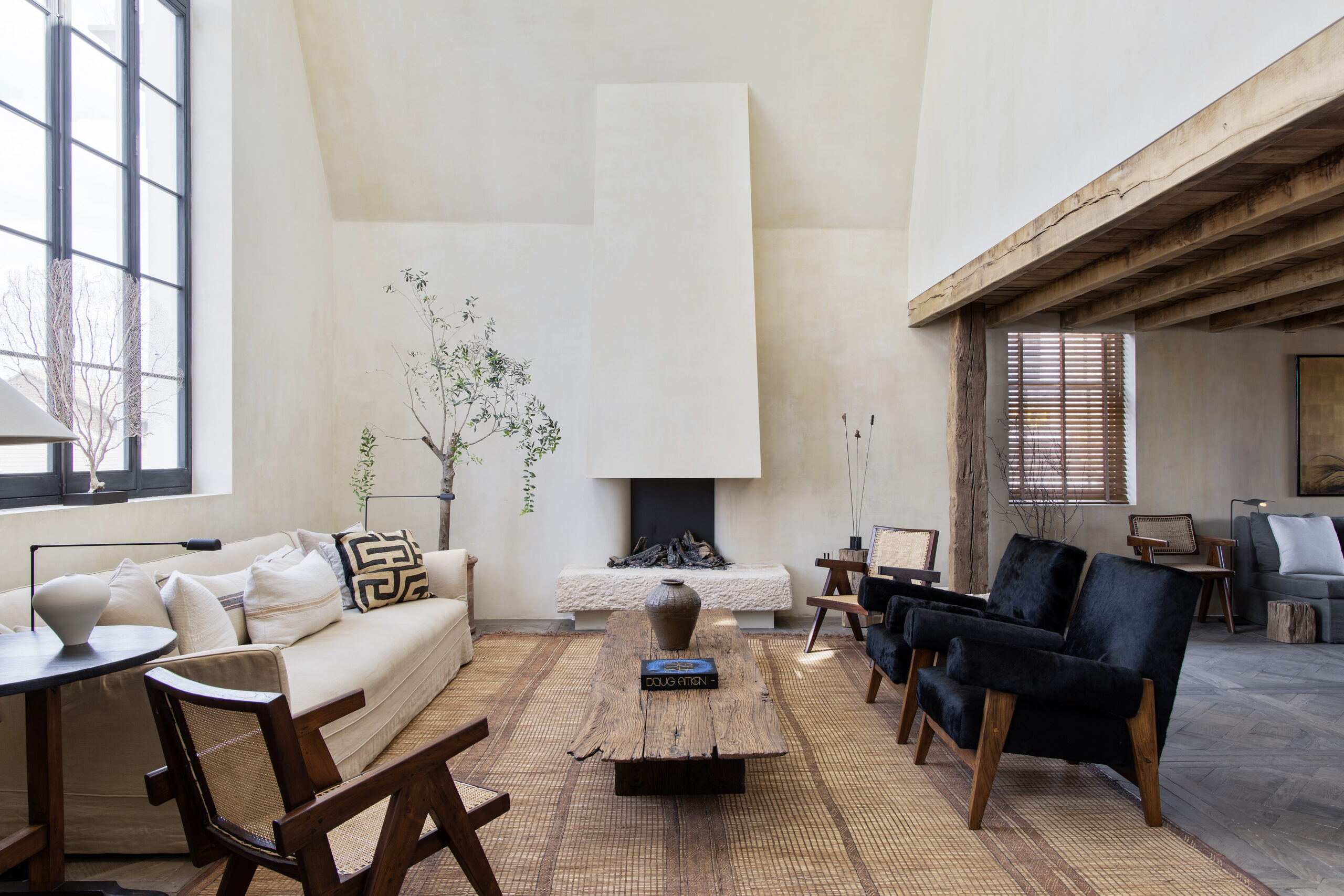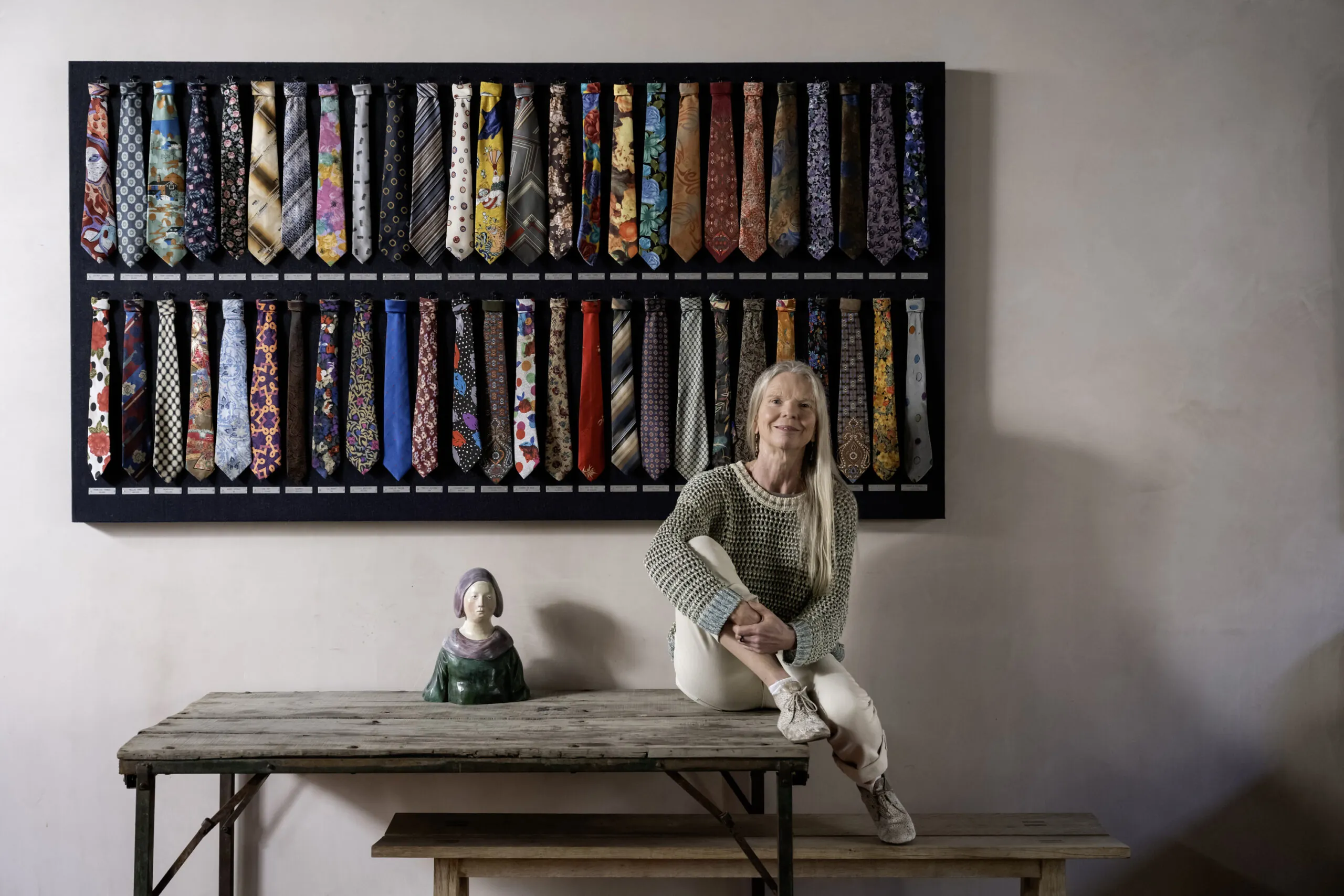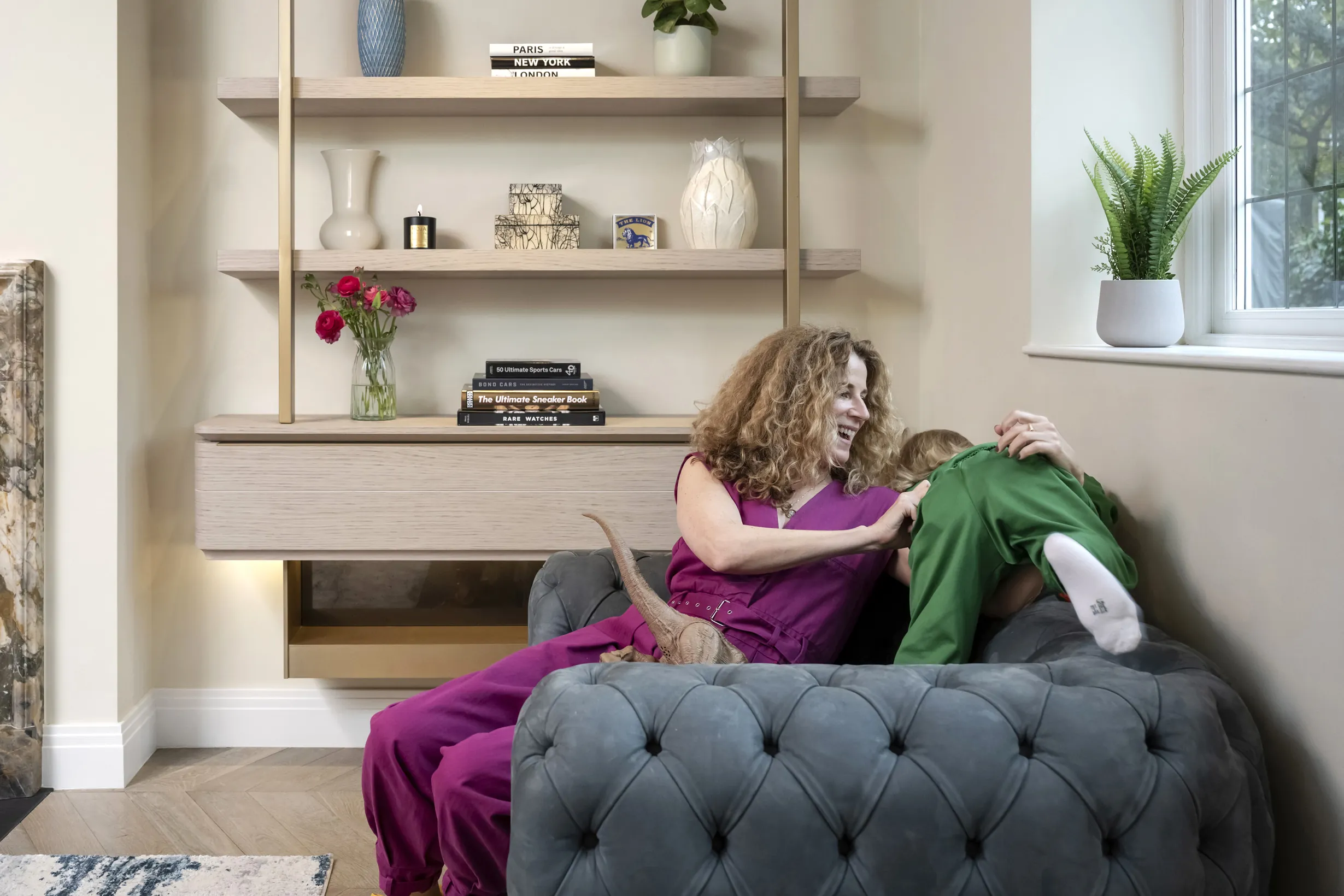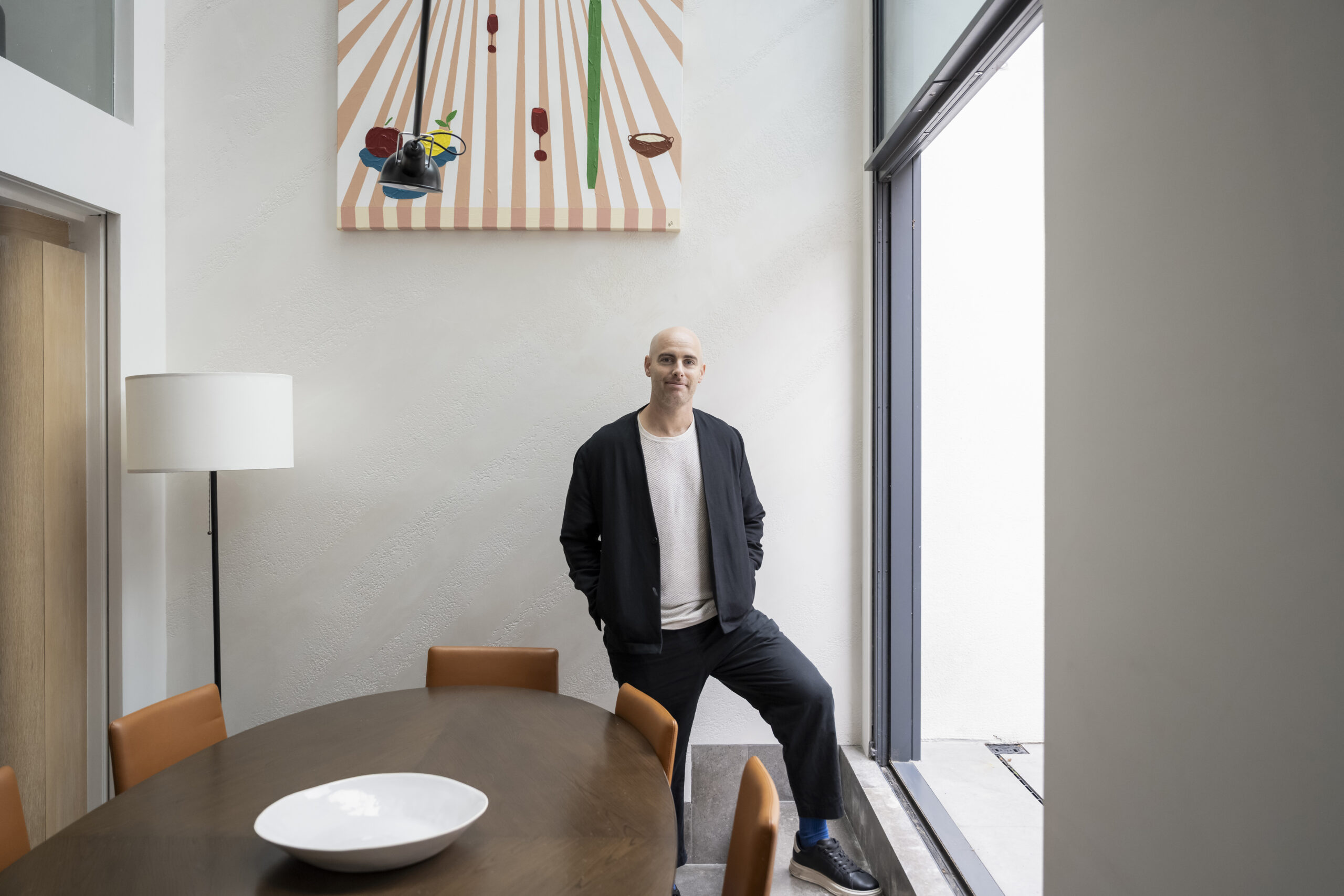
As Europe’s biggest street festival returns, we shine a light on its history
Notting Hill Carnival is a kaleidoscope of colour and a celebration of sound. It is a renowned institution that puts a spotlight on Caribbean culture. The carnival returns this weekend. There will be 70 stages, 300 food stalls and an estimated 30 million sequins. However, the history of the carnival – and of Notting Hill – doesn’t often get the airtime it deserves.
Long before vibrant headpieces or dub music had reached the shores of the UK, Caribbean people were invited by the Queen to emigrate to Britain. Nearly 80 years ago, thousands of families relocated to the UK. They came via ship including the HMT Empire Windrush, which is why they are referred to as the “Windrush” generation.
Many families settled in London. Notting Hill was a more affordable place to live at the time but some members of the existing community felt uncomfortable. In the summer of 1958, tension gave way to the Notting Hill Uprising.
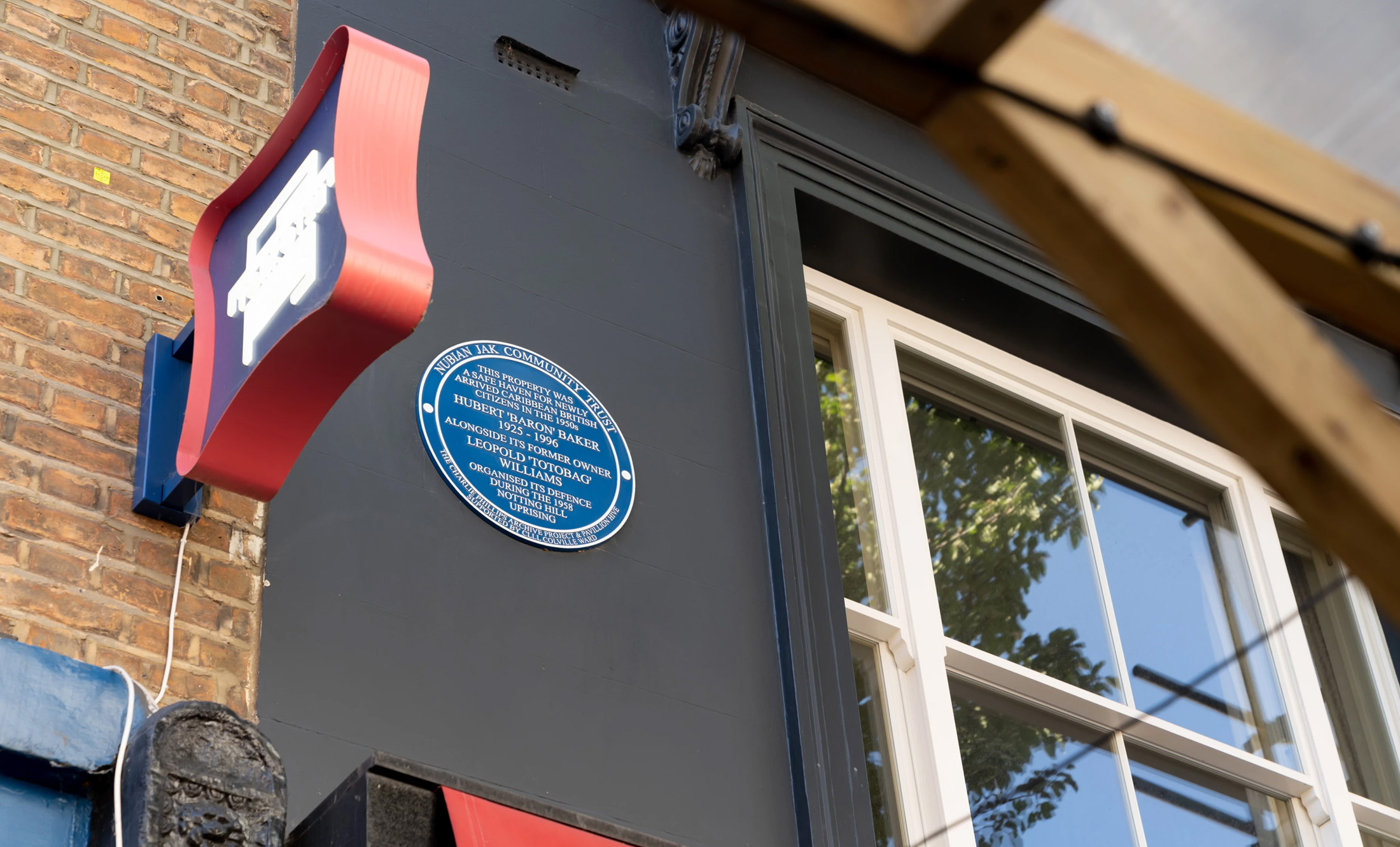
Two largely unsung heroes, Hubert “Baron” Baker and Leopold “Totobag” Williams, had created a safe haven for new arrivals to the UK at Blenheim Crescent, which they bravely defended during the uprising. While the government looked at punitive responses, several separate social and cultural strands developed which would eventually become Notting Hill Carnival.
In response to the unrest, Trinidadian human rights activist Claudia Jones organised Caribbean Carnival at St Pancras Town Hall in 1959. This was one of a few indoor events which occurred over the next few years. But local activist Rhaune Laslett believed not enough had been done to bring the community together.
Rhaune Laslett had a dream of people from different backgrounds all dancing together in the street. This vivid and uplifting dream inspired her to take action. In a bid for integration, she organised Notting Hill Fayre and Pageant in 1966. It was a small but free outdoor festival for schoolchildren. She invited well-known steel drum player Russell Henderson, who was accompanied by his band members Sterling Betancourt, Vernon “Fellows” Williams, Fitzroy Coleman and Ralph Cherry. By highlighting bridges of commonality such as food and music, Rhaune was able to bring her community together.
Carnival gradually evolved. There was never supposed to be a procession but one year, one of the steel drum bands impulsively went for a wander. Since then, the route has changed and expanded considerably.
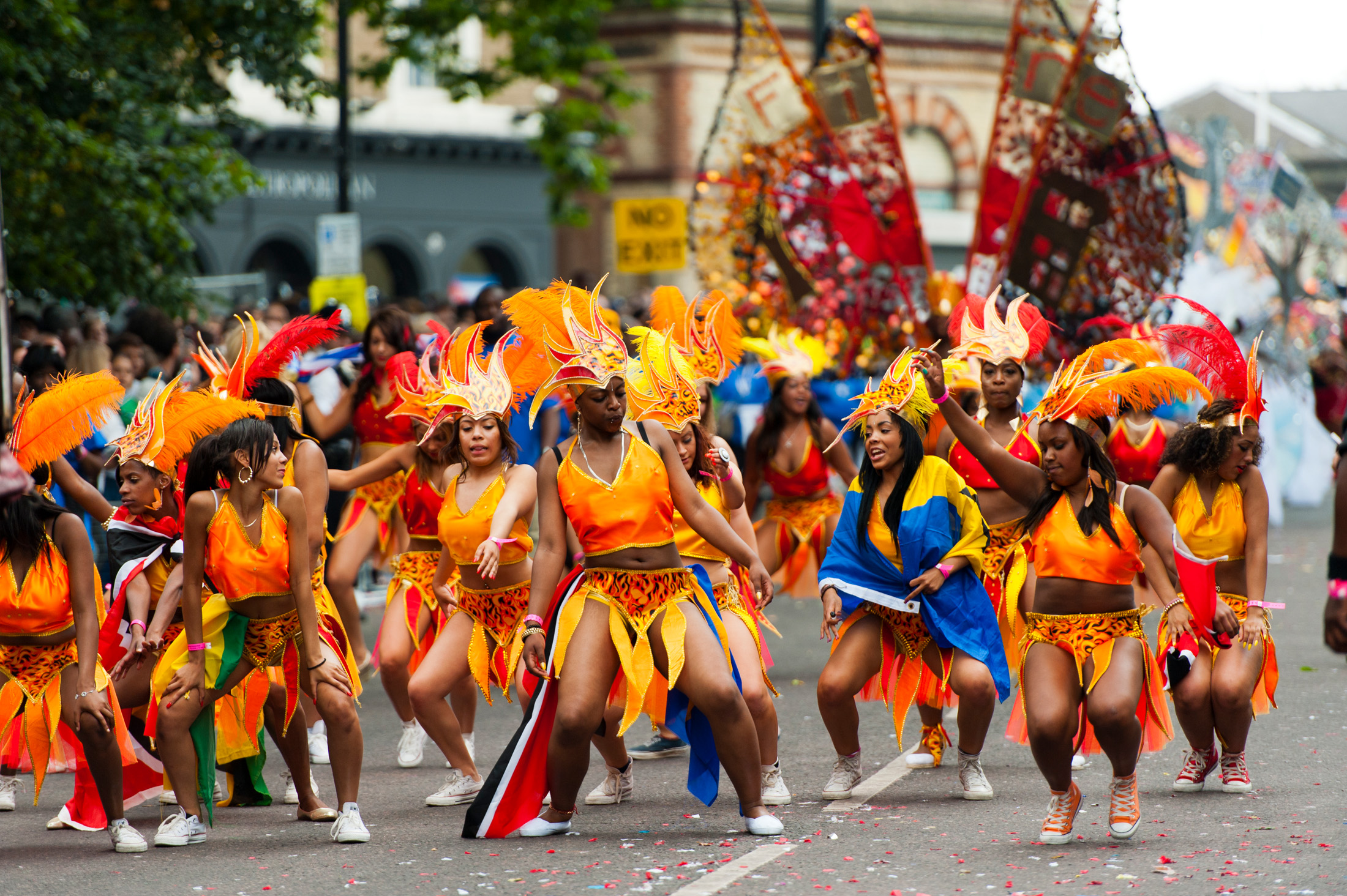
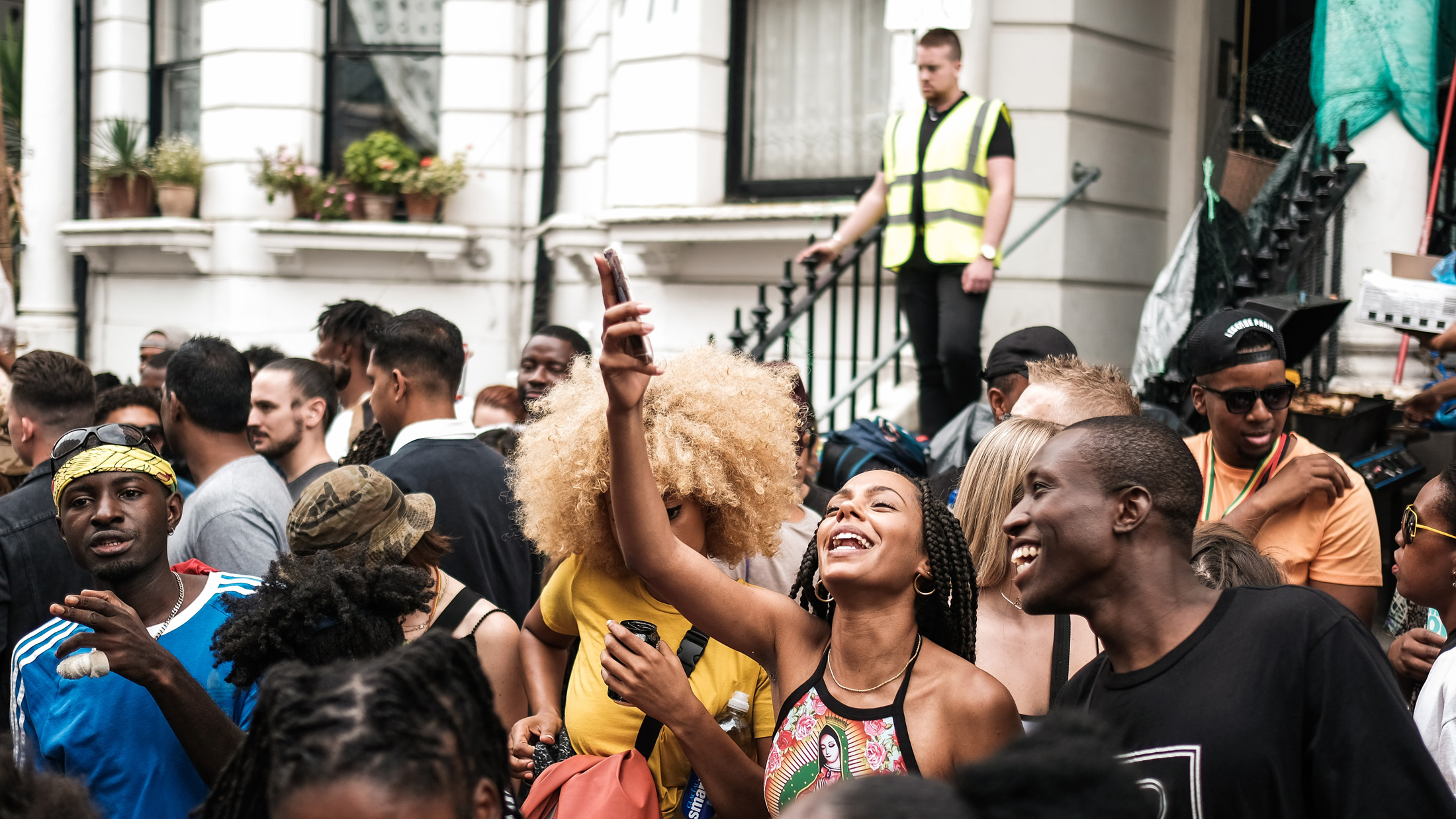
Having brought the very first sound system to the UK as a stowaway on a ship in 1955, Duke Vin introduced what is thought to be Carnival’s first sound system in 1973. At this point, it was attracting crowds of around 150,000. Duke Vin became a pioneer of the Jamaican sound system in London and massively popularised reggae and ska music in the UK.
Over time, Carnival grew. More stalls and stages were added until there were regularly more than two million people in attendance – making it the world’s second-largest carnival behind Rio Carnival in Brazil.
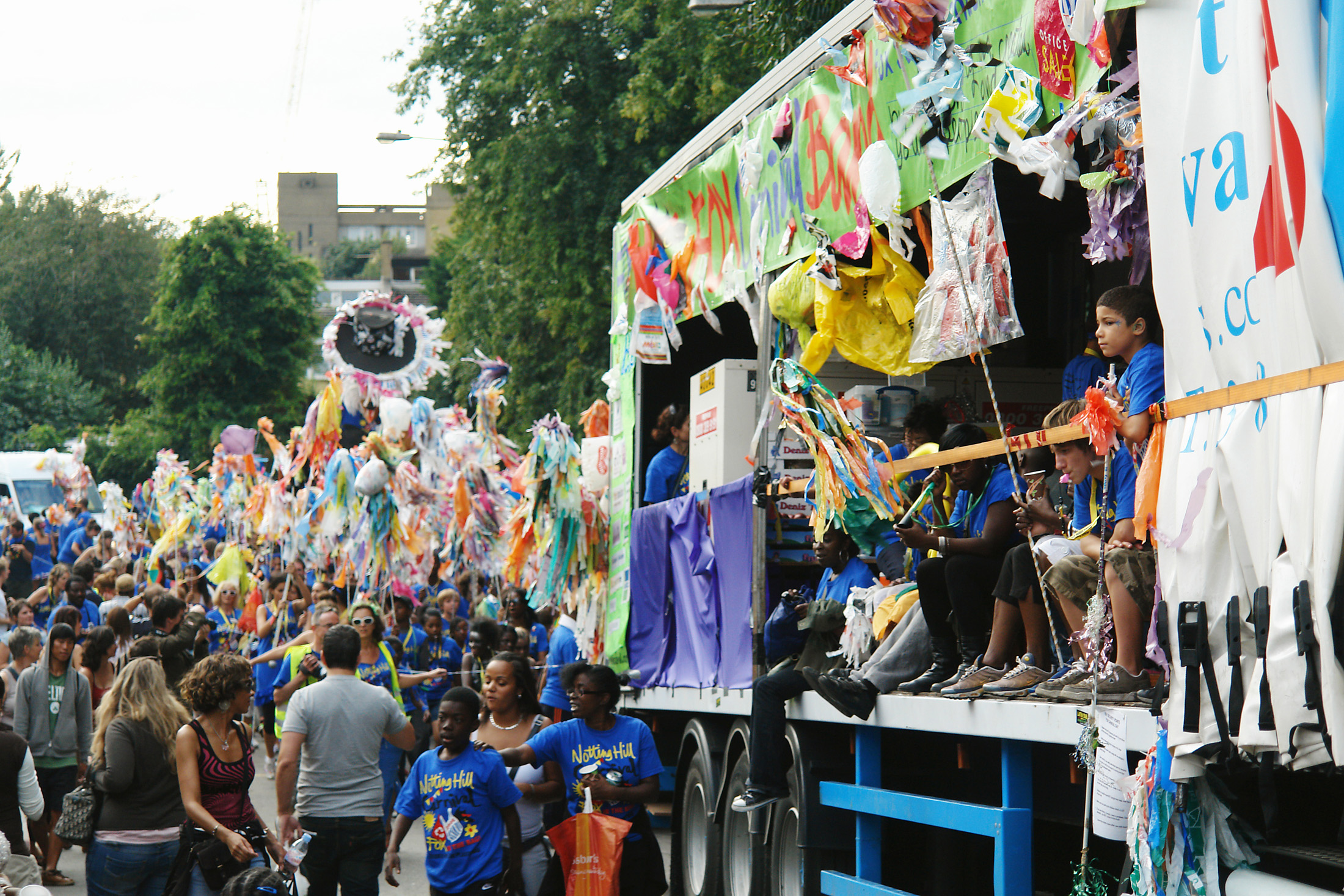
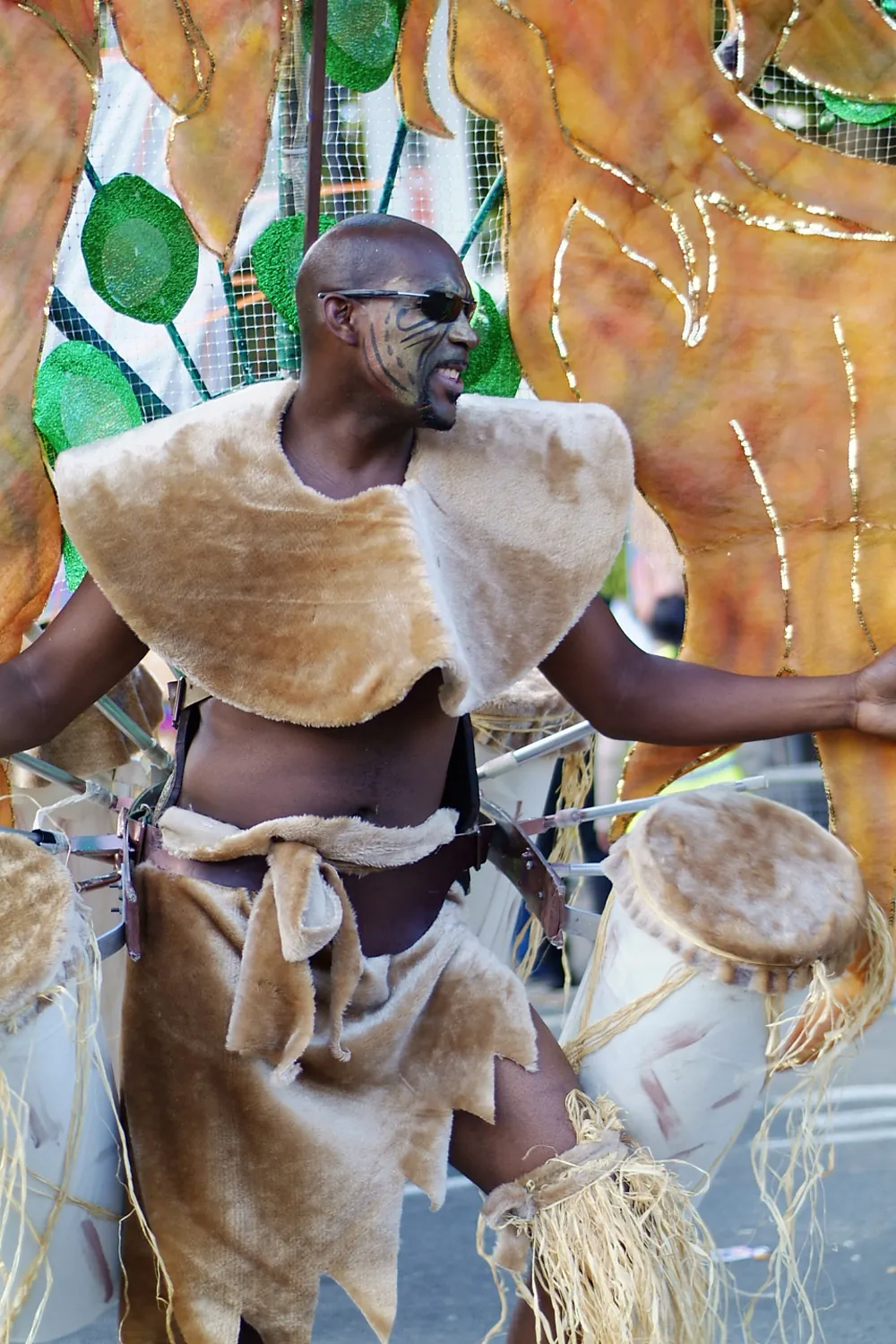
Sound system music has been popularised by individuals such as David Rodigan MBE, who championed the sound on the BBC. In the 90s, hip-hop legends like Jay-Z and Busta Rhymes performed at the carnival. More recently, acts such as Stormzy and Major Lazer have graced the stages.
While it’s a joyous occasion, the sacrifices of those who paved the way for Notting Hill Carnival should not be forgotten. Hubert “Baron” Baker, Leopold “Totobag” Williams, Claudia Jones and Rhaune Laslett are now all quietly honoured with blue plaques. Notting Hill Carnival’s roots draw extensively on the plight of the Windrush generation. However, today it is a celebration of Caribbean culture and togetherness.
